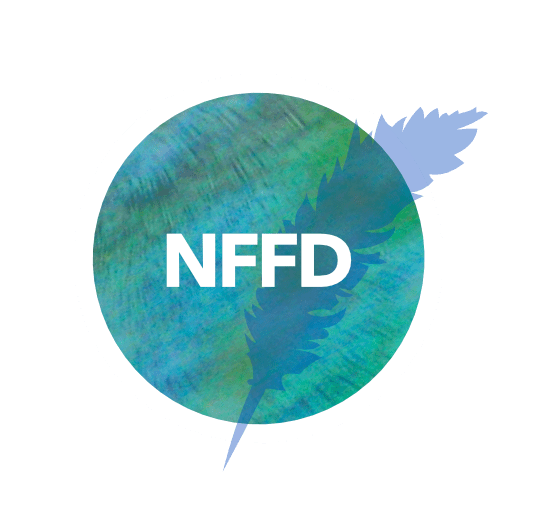Judges Anne Kennedy and Kiri Piahana-Wong
FIRST
Golden phoenix, grey hen
Vera Dong, Kerikeri
SECOND
He Rangi Mokopuna
Helen Waaka, Te Matau a Māui Hawkes Bay
THIRD
Before it sets
Rebecca Ball, Ōtautahi Christchurch
HIGHLY COMMENDED
The Art of Dentistry
Margaret Moores, Tāmaki Makaurau Auckland
COMMENDED
Safe
Kerry Lane, Ōtepoti Dunedin / Glasgow
Read all the stories at Flash Frontier, with judges’ comments. Congratulations, everyone!
The 2022 Awards Celebration, including readings from place-getters, can be seen at the Flash Frontier YouTube channel
SHORT LIST
Before it sets – Rebecca Ball, Ōtautahi Christchurch
Creation – Benjamin Jardine, Te Whanganui a Tara Wellington
Data//daughter – Susan Wardell, Ōtepoti Dunedin
Eden and Vanessa – Jennifer Eller-Kirkham, Tāmaki Makaurau Auckland
Golden phoenix, grey hen – Vera Dong, Kerikeri
He Rangi Mokopuna – Helen Waaka, Te Matau a Māui Hawkes Bay
My father is a Tennis Star – Sophia Wilson, Ōtepoti Dunedin
My uncle said he would take me to England – Leeanne O’Brien, Tāmaki Makaurau Auckland
Safe – Kerry Lane, Ōtepoti Dunedin / Glasgow
Singing – Susannah Poole, Te Whanganui a Tara Wellington
The Art of Dentistry – Margaret Moores, Tāmaki Makaurau Auckland
The grief of bees – Susan Wardell, Ōtepoti Dunedin
LONG LIST
Before it sets – Rebecca Ball, Ōtautahi Christchurch
Branch by branch – Rosie Copeland, Te Whanganui a Tara Wellington
Creation – Benjamin Jardine, Te Whanganui a Tara Wellington
Data//daughter – Susan Wardell, Ōtepoti Dunedin
Eden and Vanessa – Jennifer Eller-Kirkham, Tāmaki Makaurau Auckland
Golden phoenix, grey hen – Vera Dong, Kerikeri
He Rangi Mokopuna – Helen Waaka, Te Matau a Māui Hawkes Bay
My father is a Tennis Star – Sophia Wilson, Ōtepoti Dunedin
My uncle said he would take me to England – Leeanne O’Brien, Tāmaki Makaurau Auckland
Safe – Kerry Lane, Ōtepoti Dunedin / Glasgow
Shidúri’s Watercress Salad – Mark Sanders, Ōtepoti Dunedin
Singing – Susannah Poole, Te Whanganui a Tara Wellington
Songbird and Sunshine – Heather McQuillan, Ōtautahi Christchurch
Sundering – Alex Reece Abbott, Tāmaki Makaurau Auckland / England
Te Taura Here – Leash/Binding Ropes – Melissa Marie, Ōtepoti Dunedin
The Art of Dentistry – Margaret Moores, Tāmaki Makaurau Auckland
The donkey – Emer Lyons, Ōtepoti Dunedin
The grief of bees – Susan Wardell, Ōtepoti Dunedin
Urchin – Erica Stretton, Tāmaki Makaurau Auckland
Whalebone – Sara Litchfield, Te Anau
2022 REGIONAL AWARDS
Sponsored by New Zealand Society of Authors regional branches
TĀMAKI MAKAURAU AUCKLAND
Margaret Moores
WAITAHA CANTERBURY
Rebecca Ball
CENTRAL DISTRICTS
Helen Waaka
TE TAI TOKERAU NORTHLAND
Vera Dong
ŌTĀKOU OTAGO
Kerry Lane
TE WHANGANUI A TARA WELLINGTON
Susannah Poole
Read all 2022 stories on Flash Frontier
Winning stories from previous years can be read at Flash Frontier: National Flash Fiction Day.
Youth winners are posted at fingers comma toes.
Flash Frontier Editor Gail Ingram talked this month with the 2022 NFFD judges Anne Kennedy and Kiri Piahana-Wong
about their books, inspiration in contents and titles – and, of course, tips for writing small fictions. Read the interview here.

